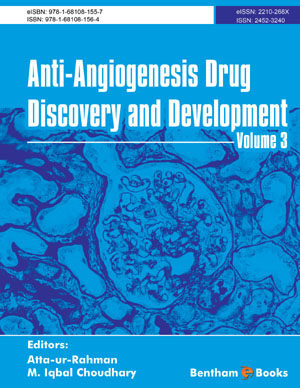Abstract
SHS investigation development is considered from the geographical and historical viewpoint. 3 stages are described. Within Stage 1 the work was carried out in the Department of the Institute of Chemical Physics in Chernogolovka where the scientific discovery had been made. At Stage 2 the interest to SHS arose in different cities and towns of the former USSR. Within Stage 3 SHS entered the international scene. Now SHS processes and products are being studied in more than 50 countries.
Abstract
Hepatocellular carcinoma (HCC) is a primary tumor of the liver and one of the most malignant of tumors, with a mortality rate ranked second worldwide. Conventional therapeutics such as liver transplants and surgical resection, are of importance in HCC treatments. However, those treatments are limited and have a high frequency of tumor recurrence and metastasis. Currently, there is only one FDA approved anti-HCC drug - Sorafenib, which is well-tolerated. Thus, there is a great need to develop more effective HCC-targeting drugs. Angiogenesis, with the involvement of various angiogenic and anti-angiogenic factors, is fundamental for tumor growth, invasion and metastasis. HCC is a tumor type having a high level of neo-angiogenesis, and widely varying vascularity during tumor development. The accumulated experimental and clinical data indicate that HCC tumor progression is strongly associated with angiogenesis, with poor HCC prognosis related to the increase in micro-vascular density. A series of angiogenic factors have been investigated in HCC and show anti-HCC potential. Presently, there are certain anti-angiogenic therapeutics that have been evaluated in animal models and clinical trials. In this chapter, we will review the advances of HCC angiogenesis, angiogenic factors, the applications of anti-angiogenic agents, and also discuss the limitation, challenge and other potential strategies in searching for anti-HCC drugs via targeting angiogenesis.
Recommended Chapters
We recommend

Authors:Bentham Science Books


 Download PDF Flyer
Download PDF Flyer



